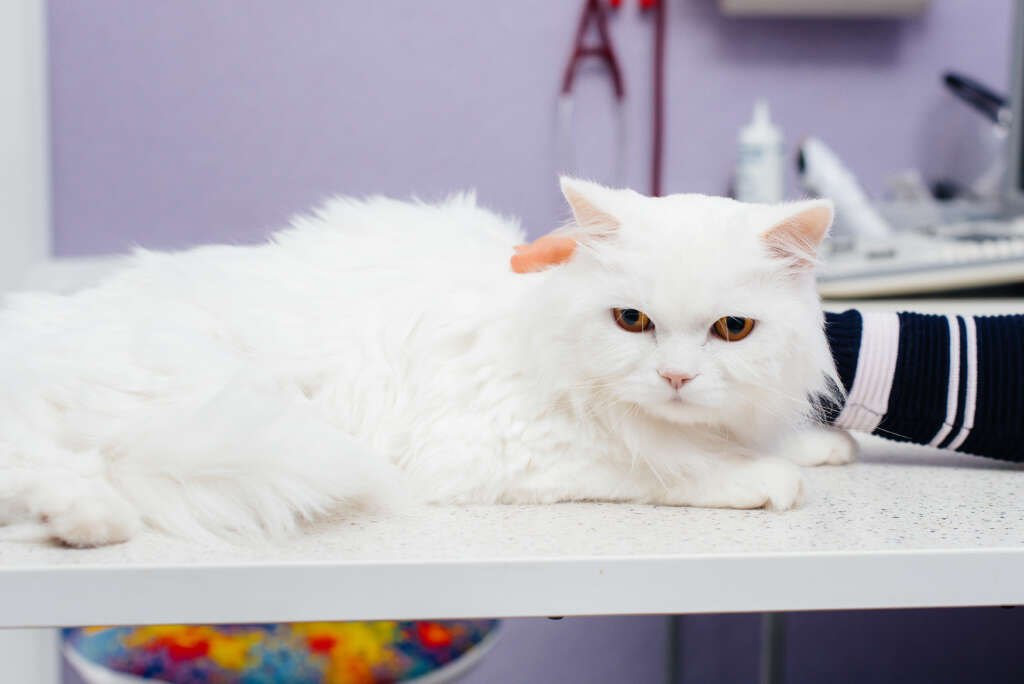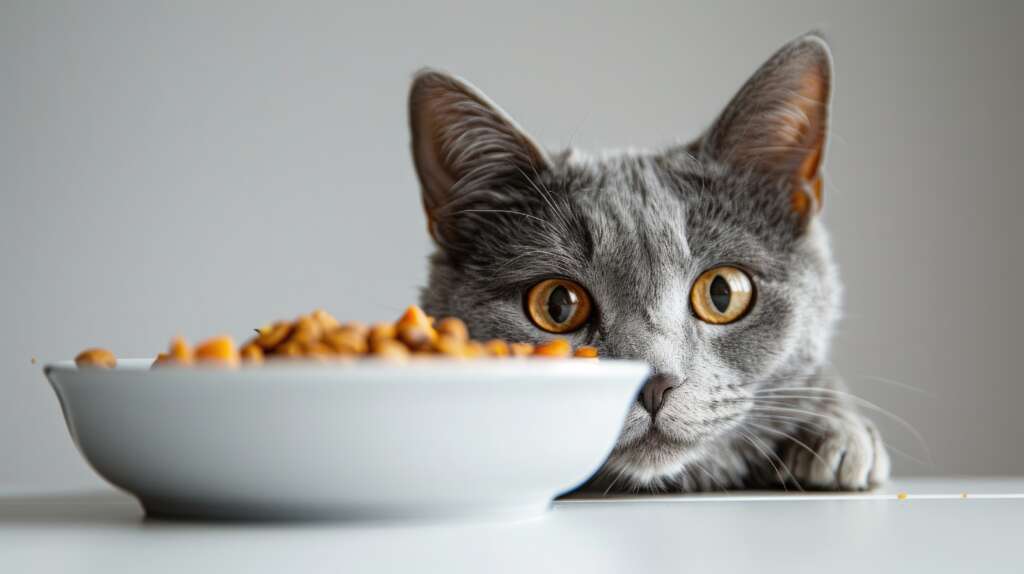Share This Article
A cat with a vibrant, silky coat is truly a sight to behold. But what happens when that healthy sheen starts to fade? Losing a cat’s coat shine can signal health issues. From diet to grooming, keeping a cat’s healthy coat is crucial. This article will show you how to keep your cat’s fur soft, shiny, and strokeable.
Experts say not all cats keep their coats clean by themselves. Your cat’s shiny coat might need your help. We’ll talk about grooming habits and the importance of a diet full of proteins, omega-3s, and omega-6 fatty acids. Regular check-ups and managing stress are also key to a healthy coat.
Get ready to learn about new grooming techniques and the science behind your cat’s health. We’ll cover everything you need to know for a cat that looks and feels great.
Understanding the Importance of Your Cat’s Coat
Your cat’s coat is more than just pretty; it’s a sign of their health. A healthy cat fur is important for many reasons, like feeling things and keeping warm. It also protects your cat from the outside world and helps make vitamin D.

Knowing how to care for your cat’s coat is key. If it looks dull, it could mean they’re not eating right or have a health problem. Things like how often you brush them and what you feed them matter a lot.
About 57% of cats in the U.S. are too heavy, which can make grooming hard. This can lead to a coat that looks bad. To keep their coat shiny, adding omega-3 fatty acids to their diet can help. You’ll start to see improvements in about four to six weeks.
But, it’s not just about what you feed them. You should also not bathe them too much and listen to what your vet says. This way, you can keep their coat looking great.
Cats can groom themselves, but you should check their coat for any health signs. Keeping them at a healthy weight is important for their coat and overall health. A shiny coat comes from good genes, the right food, and regular grooming—shiny cat coat tips that work.
Essentials of Cat Coat Maintenance
Keeping your cat’s fur healthy and shiny is more than just about brushing. It’s about understanding grooming’s impact and the importance of overall care. Proper nutrition, health management, and regular grooming are key to a shiny coat. Here’s how to keep your cat’s fur looking great and promote a glossy coat.

Diet is crucial for fur health. Cats need a diet rich in high-quality animal proteins since 90% of their hair is made of protein. Adding omega-3 fatty acids from fish oil, along with biotin, Vitamin E, and zinc, can make their coat shine.
Regular grooming is vital for coat care and health. Daily brushing for long-haired cats prevents tangles and mats, which can irritate the skin or hide health issues. Cats with long fur need more grooming to avoid knots, especially in soft areas like under the armpits and around the ears.
Choosing the right grooming tools is important. Short-haired cats do well with a stiff bristle brush, while medium to long-haired cats need a long-toothed comb. This keeps their fur in great shape and reduces hairballs.
Regular grooming is key for a shiny coat, but don’t over-bathe your cat. This can dry out their fur and reduce shine. Cats usually need only a few baths with special shampoo to keep their skin healthy and their natural oils balanced.
Make these practices part of your routine for a shiny coat and your cat’s health. Watching their coat can help spot health problems early. If you see too much shedding, bald spots, or dandruff, see a vet. Learning how to groom your cat properly and understanding their needs ensures they look and feel their best.
Keep Cat’s Coat Healthy with Proper Nutrition
Learning how to improve cat coat health begins with knowing what makes a coat shine. Cats’ coats are mostly made of protein. So, not enough protein can cause hair loss and dullness. Essential amino acids in animal proteins are key for healthy skin and fur.

For cat coat maintenance, it’s important to consider both what and how much you feed your cat. Keeping a cat at a healthy weight is crucial. Overweight cats may have trouble grooming, which can harm their coat. A balanced diet with vitamins, minerals, and supplements like fish or plant oils is best for a cat’s coat. This approach improves texture, shine, and supports skin health.
It’s wise to talk to a vet before adding supplements. They can give advice based on your cat’s health needs. This ensures the diet helps both the coat and overall health. A shiny coat comes from within, and the right diet is key for a healthy look.
Grooming Techniques for a Shiny Cat Coat
Learning how to groom a cat’s fur is key for a healthy, shiny coat. Regular grooming helps with their looks and health. About 75% of cats groom themselves, but long-haired cats need grooming a few times a week. Keeping their coat in top shape is important for their health.
Grooming is more than just brushing. Using the right tools, like wire brushes or fine-toothed combs, helps remove dead hair and prevents skin problems. Bathing should be rare to keep their natural oils. For older cats, grooming can help with flexibility or arthritis issues.
Brushing regularly, following the coat’s growth, and giving massages boosts circulation and spreads natural oils. This makes their coat shiny. Positive reinforcement during grooming makes it easier for cats and owners.
To prevent skin issues, use hypoallergenic products and feed them a balanced diet with Omega-3 and Omega-6 fatty acids. Matting can mean neglect or health problems like obesity or arthritis. If matting persists, see a vet.
A dull coat or too much hair loss could mean nutritional or health issues. Regular vet visits are key for your cat’s skin and fur health. A shiny coat also means a happy cat. A calm environment and playtime help keep their coat looking great.


